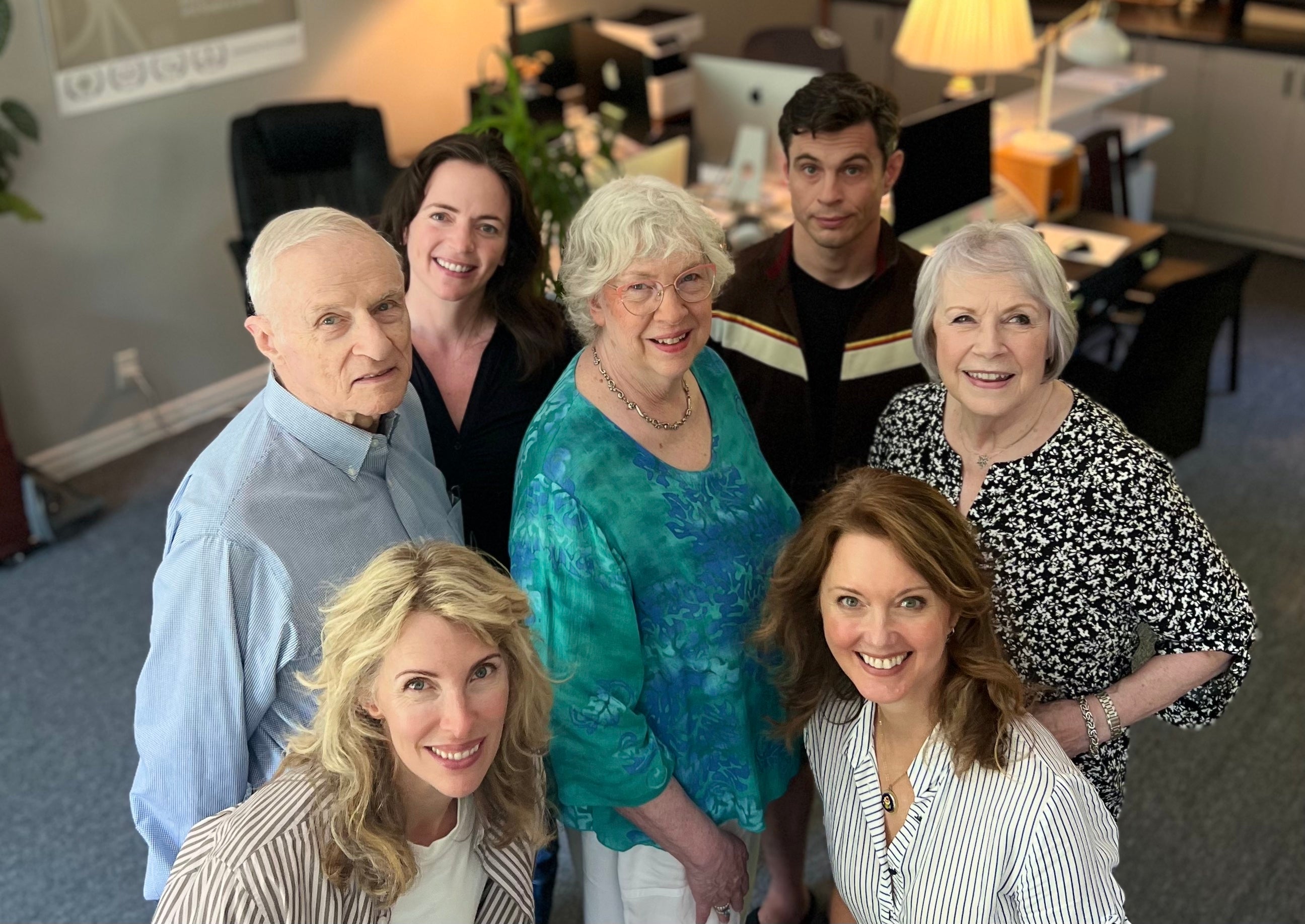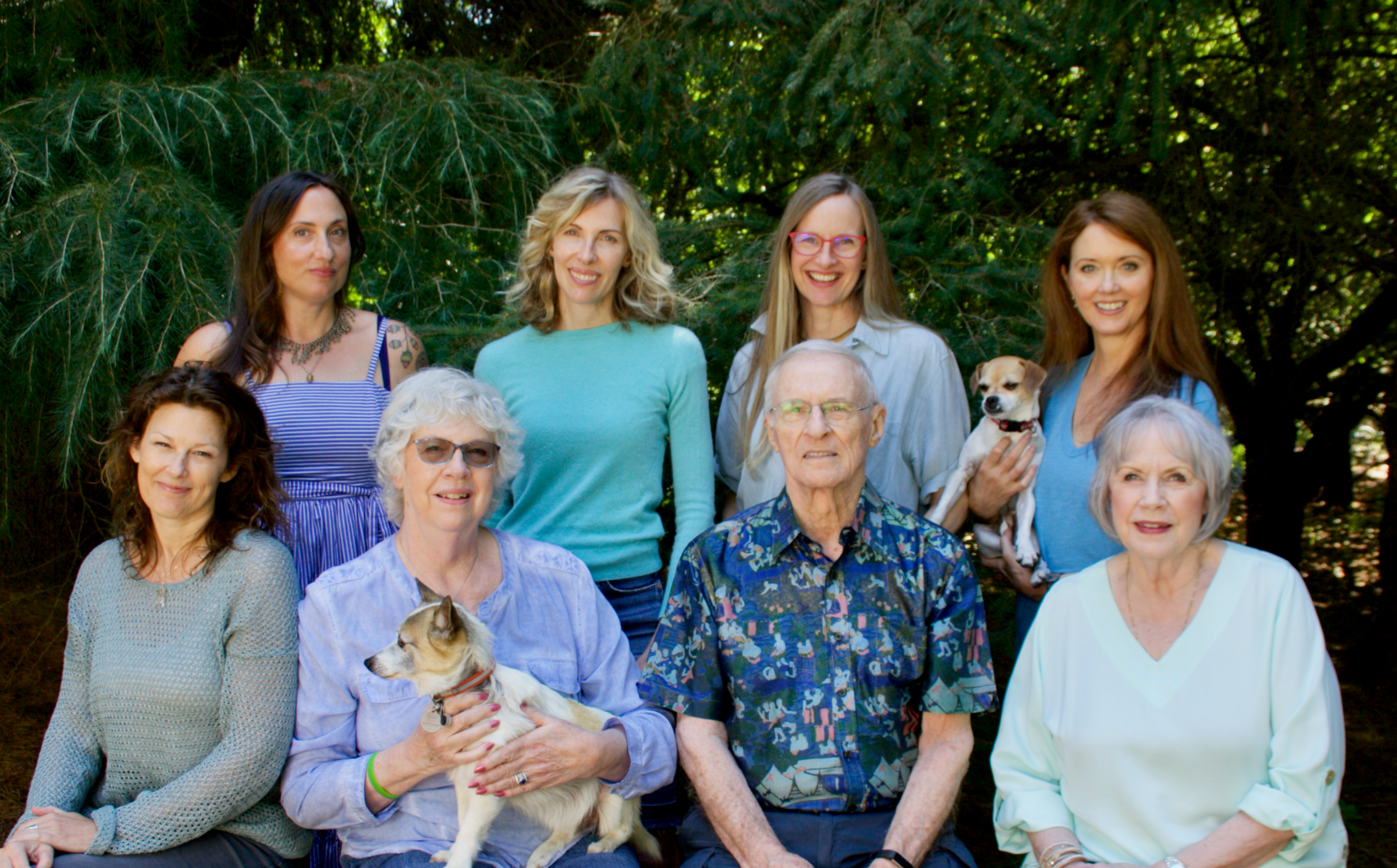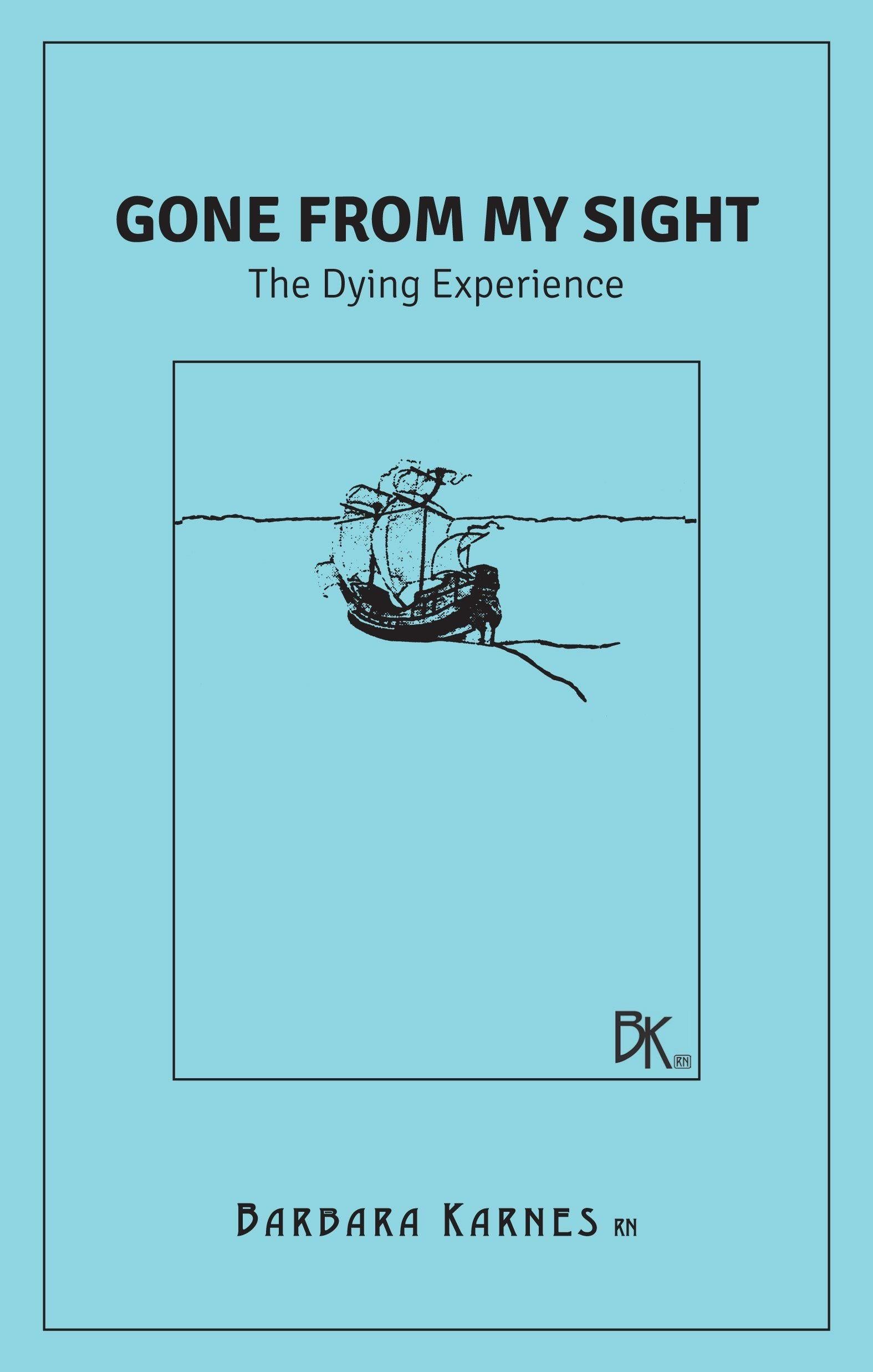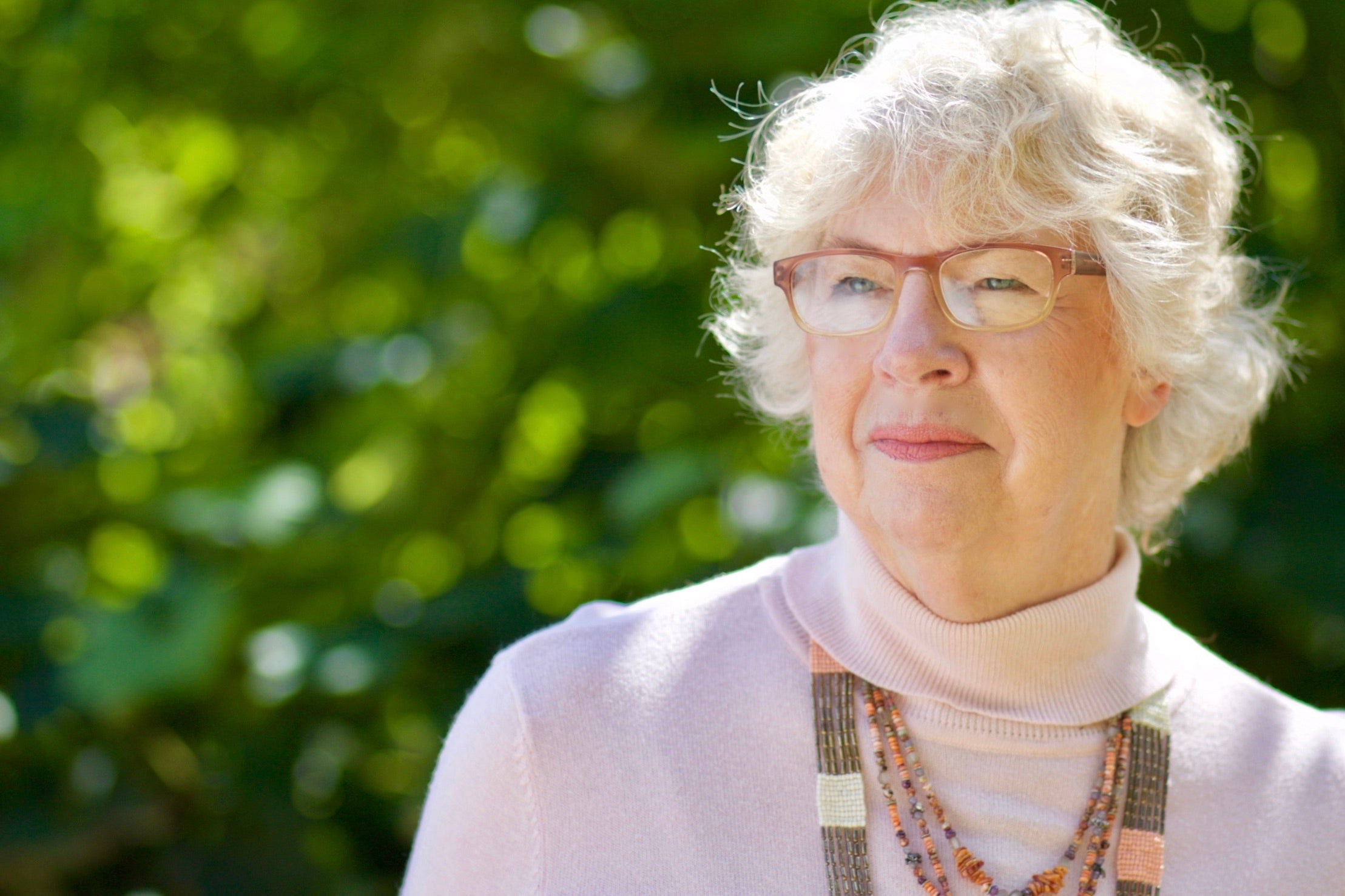Reflecting on my early days in nursing, there are a few powerful moments that ultimately inspired me to become a hospice nurse.
When I was 16 years old, I was a nurse’s aide in a small hospital. In 1959, hospitals were more like nursing facilities are today; patients were often there for years. There was no Joint Commission or care oversight regulations or agencies. As a nurse’s aide I did a lot involving care that would be absolutely unacceptable by today’s standards of care.
There was no recovery room in the hospital so following any surgery patients were returned to their room and someone “sat” with them until they were awake.
This was something I did frequently so it was not usual for the head nurse to tell me she wanted me to sit with a patient. This time, however, was different. She asked me to come and tell her when the patient was dead.
I would be considered immature by today’s teen maturity levels (picture a 12- or 13-year-old today). I had never witnessed death let alone anyone dying. I was also an adaptive child so I did what I was asked HOWEVER when I entered the room I got as far away from the person in the bed as I could. I actually hung onto the wall.
In the darkened room was a woman, in a hospital bed, no one else was there. I could hear her breathing. I could even, though dimly, see her breathing — from afar. Remember, I am at the far part of the room by the wall. I didn’t know what to do, was afraid to do anything if I had known what to do, so — I just stayed by the wall.
I don’t know how long I was there, couldn’t have been more than a shift, could have been minutes. At some point I could not see her breathing or hear her breathing. I stayed along the wall some more. Eventually I decided this must be what it was like to be dead, left the room and reported to the head nurse. Yes, the woman was dead.
For many years following that experience I was afraid of death. When my grandfather died I would not go into the mortuary room where the visitation was held. I stayed in the hall, did not want to get close to the body.
In the mid 1970’s Dr. Elizabeth Kuebler Ross in Chicago began speaking out about how Americans were not taking care of their dying patients. That the common practice was to put a person in the room at the end of the hall and basically just leave them alone until they were dead.
Bingo! Yes, I could identify with that! I knew what she was talking about! On some level reading Elizabeth’s words opened a door for me.
I was a registered nurse that never worked as a nurse (my mother wanted me to be a nurse — long, other story). But that knowledge of nursing, those credentials, allowed me to become a hospice nurse. That was 1981. I have been involved in end of life, as a nurse and as an educator, ever since.
In hindsight, did that first experience as a 16-year-old plant the seed for my end of life work? Probably. Did never working as a nurse in the medical model affect my working in end of life? Definitely. I brought no preconceived ideas of how death comes or how to care for the dying. I was a clear slate to be written upon except for (or because of) the distant picture of a woman, alone in a room, breathing loud, until she wasn’t. Read More
Related Products:
The Final Act of Living, Gone From My Sight, End of Life Guideline Series







